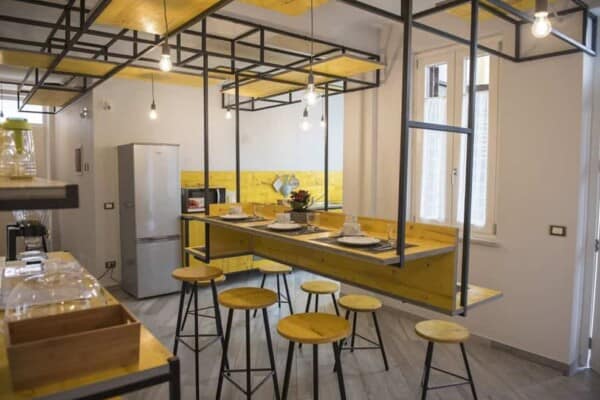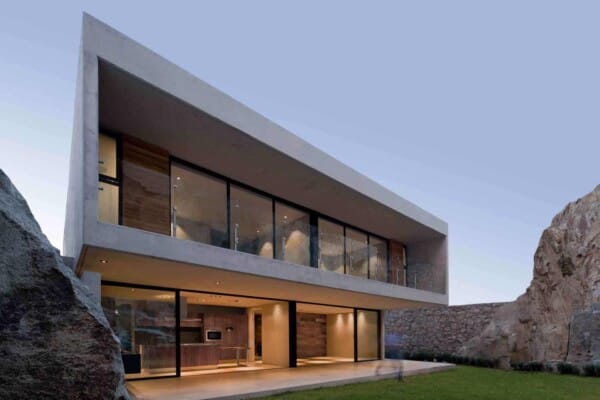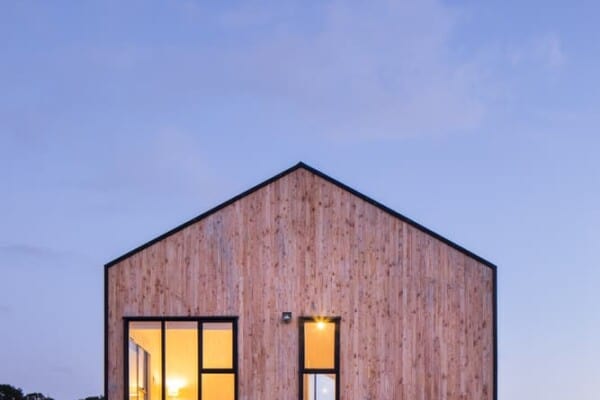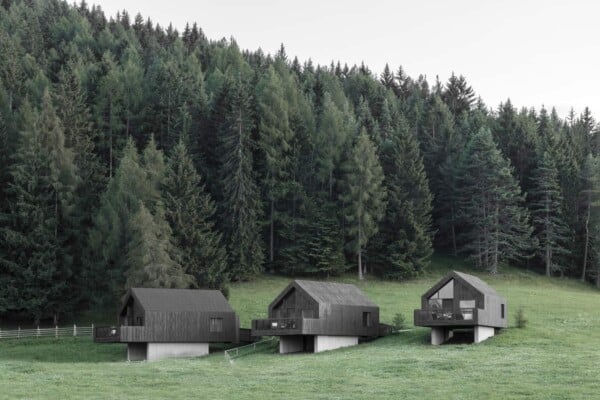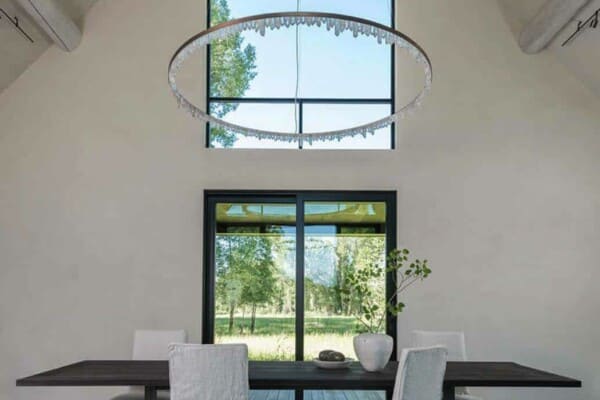This award-winning 8,800 square foot home in Taghkanic, in the art of the historic Hudson Valley, New York, was designed by New York-based architectural firm Thomas Phifer and Partners.
Completed in 2002, this residence has won several awards in the following year, culminating in the AIA National Honor Award in 2004.
A 1,800 square foot pavilion, built mainly of glass and steel, surveys the landscape.
A 7,000 square foot substructure contains six bedrooms, six bathrooms, a study, a media room, the kitchen, the breakfast room, a wine cellar, a refrigerated cheese room, an indoor pool and a service area.
This part of the house, built into a hill, has ample illumination from windows at either end as well as skylights above.
The house sitting on a 350 acre lot, also offers a tennis court, a pond and an outdoor swimming pool.
Its owners have decided to move on and the home is on the market since last fall.
If you are interested, they ask $9,750,000.
Taghkanic House by Thomas Phifer and Partners:
“This private residence is sited high on a knoll at the edge of a forest in Columbia County New York. At the end of a winding approach along a private road through the forest, the house emerges as a simple pavilion of glass and steel nestled in the trees. To the south, the site opens to an undulating meadow, while to the west the house commands spectacular views across the Hudson River valley to the distant mountains. Organized to take advantage of the natural topography of the land, the bedrooms and private spaces are set into the hill, forming a base for the public functions in the pavilion above.
The solid materiality of the lower level contrasts with the light-filled pavilion above. The bedrooms, study and guest suite are arranged along a sky-lit corridor and open directly to the west, while the kitchen, indoor pool and service spaces face the east garden. These intimately-scaled private spaces allow for views of the exterior at a more personal scale.
The pavilion is a finely-detailed steel and glass structure that allows for 360-degree views of the landscape. An open porch on three sides acts a transition space, mediating between exposure and enclosure, direct and filtered light, and the natural world and the built environment.
A system of operable exterior sunshades, supported by the thin members of the steel structure controls sunlight and modulates the shading of the pavilion. Designed in consideration of the angles of the sun, the panels not only filter the light, but also allow the structure to breathe and transform. The addition of this simple variable (open or closed) adds complexity to the design and registers the constantly changing natural environment. At dawn and dusk, the shades absorb and reflect the dramatic light of the sky, infusing the entire pavilion with color. At night, illuminated from within, the screens transform the building into a beacon on its site.”
Photos courtesy of Thomas Phifer and Partners, Sotheby’s International Realty



















































